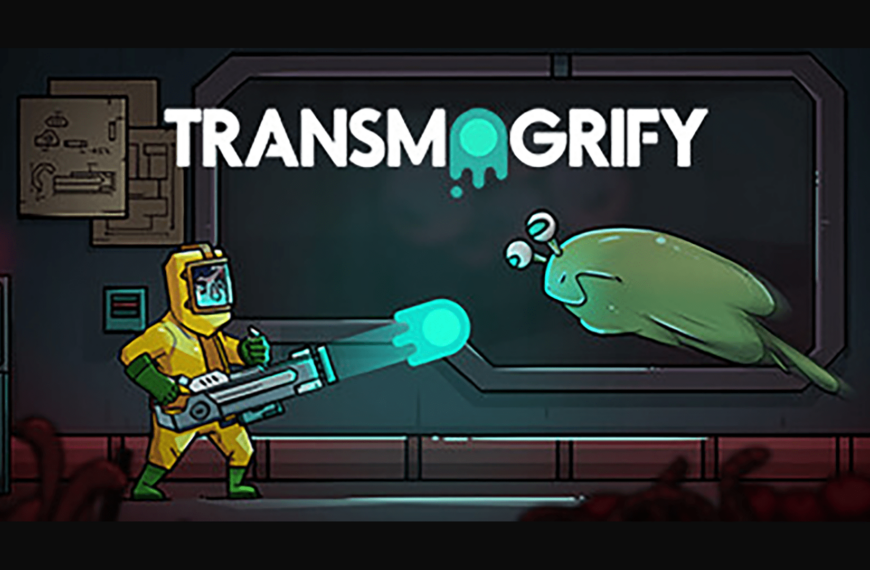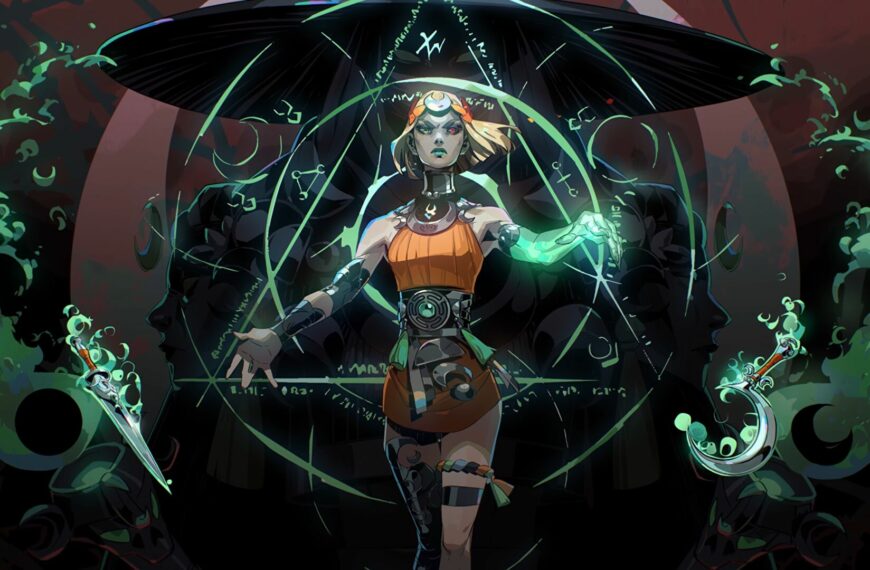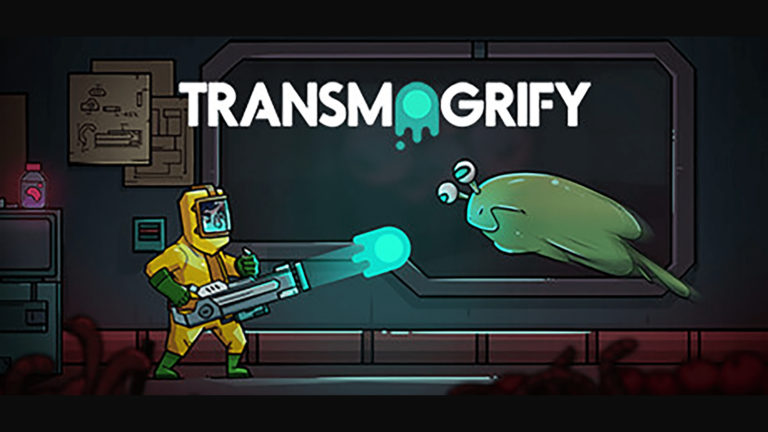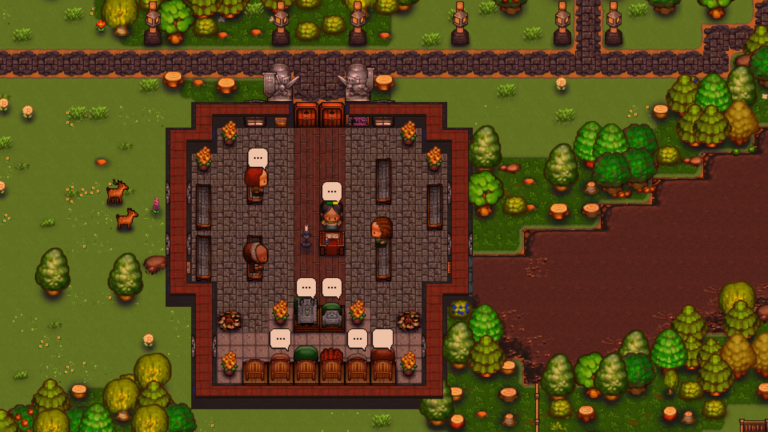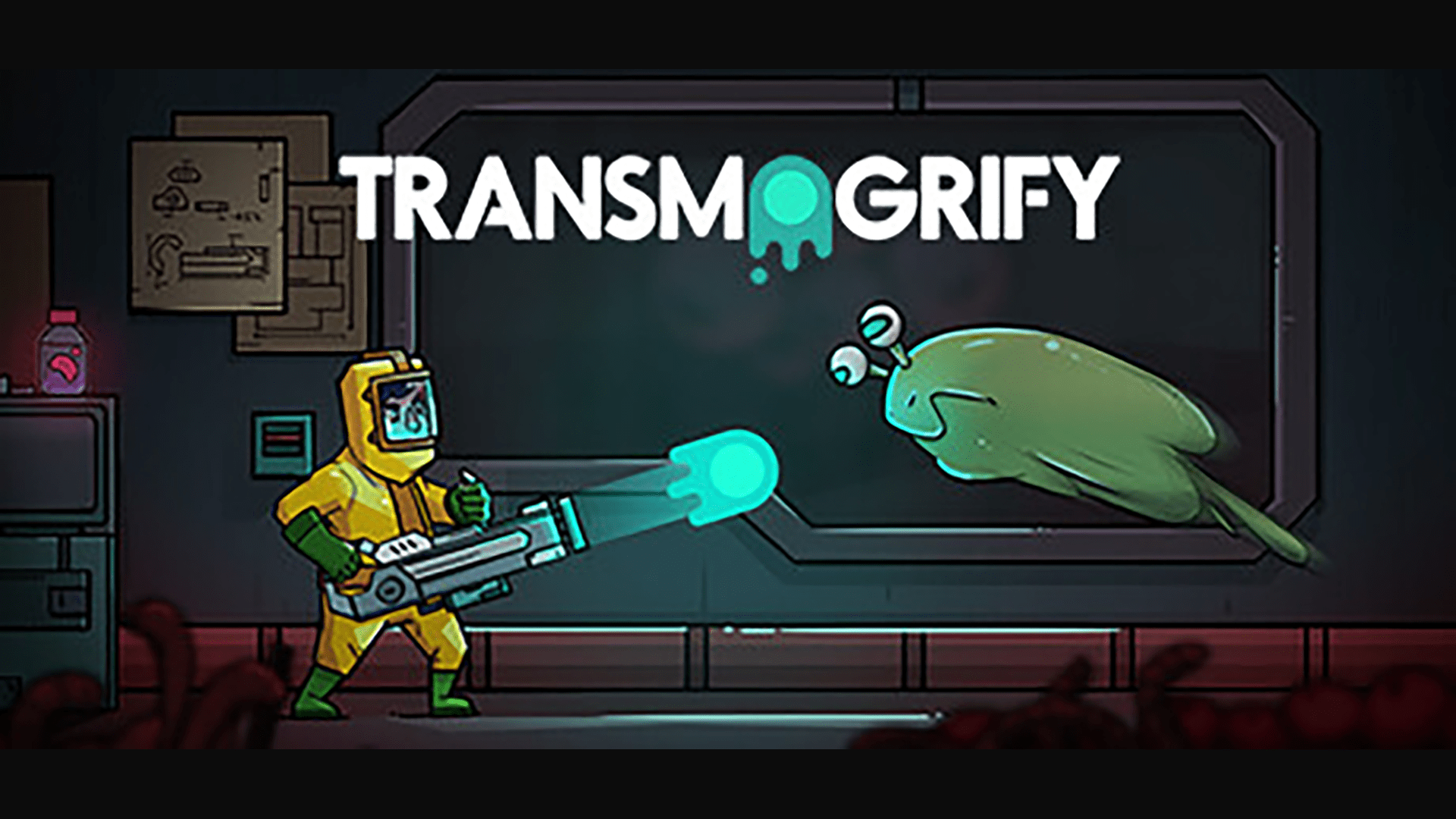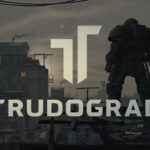Citizen Sleeper is a contender for my personal Game of the Year. I know that’s a bold statement to make halfway through the month of May, but it really is that good. That being said, I can’t recommend it to everybody. Citizen Sleeper is a narrative experience, so if you aren’t into that for whatever reason, you’re probably not going to vibe with this one.
This game is a visual novel set aboard a sprawling space station filled with its own people and cultures for you to explore while trying to push back your scheduled death at the hands of your own body.
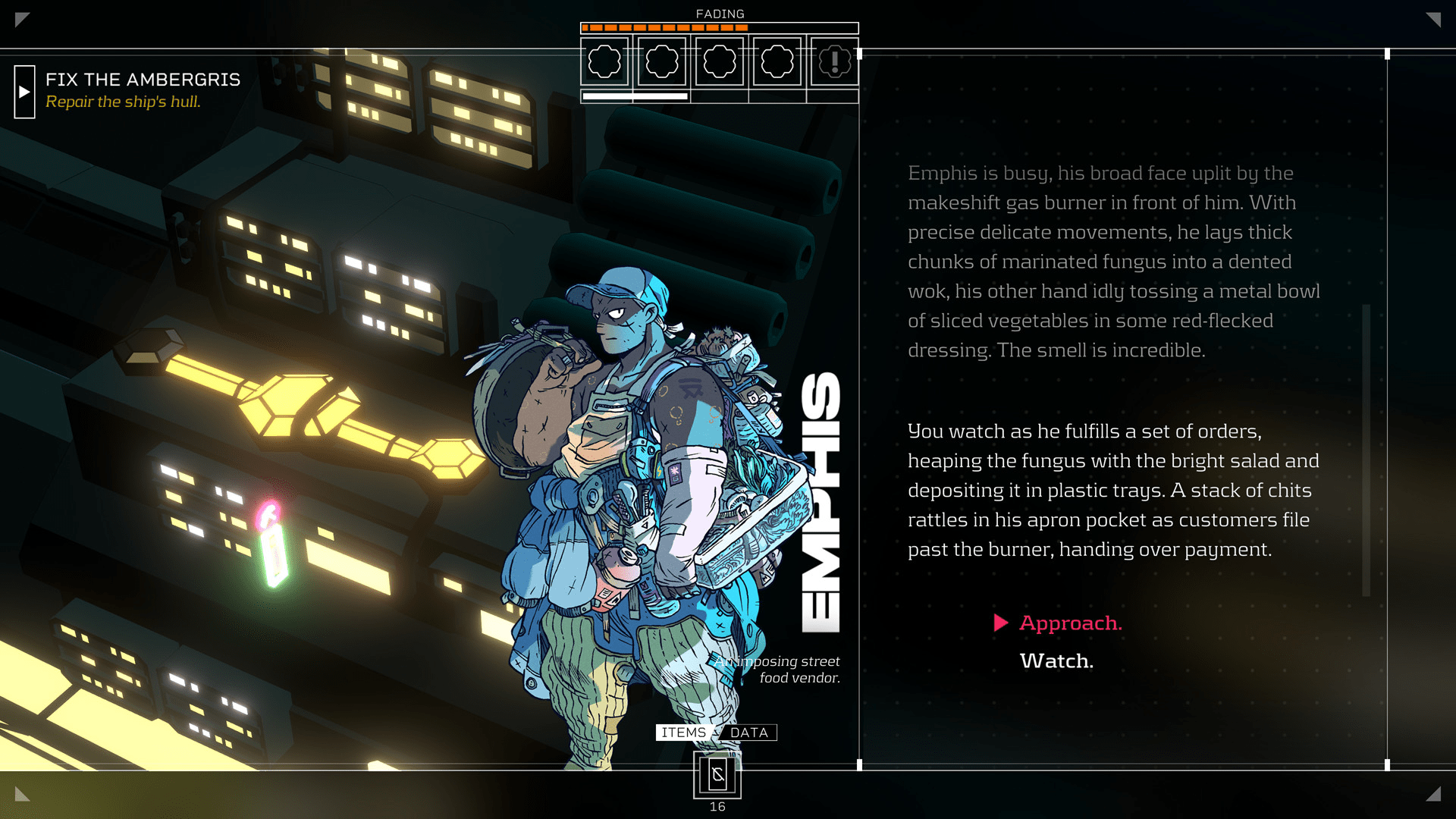
The Daily Grind, But In Space
As I stated a moment ago, Citizen Sleeper is a visual novel. Gameplay is largely based around clicking on different locations on the map to speak to the people who stay there in a series of dialogue choices. The twist on the formula comes in the form of skill checks. Every day—called a cycle in game because there aren’t any real ‘days’ in space—you receive up to five dice that you can spend in skill checks. Most skill checks have a Negative, Neutral, and Positive outcome depending on how lucky you are and what die you use, though there are some with only a single, neutral outcome.
The best part is that these dice are loaded. Depending on the number on the die, the possible outcomes and their probabilities shift. For example, the ‘one’ dice has a 50-50 chance of a neutral or negative outcome, but the ‘six’ dice has a 100% chance of a positive outcome. Don’t worry if that seems like a lot to remember, the game will tell you a die’s probabilities when you hover over it. Your stats also change the value on the die depending on what skill you’re checking. This is a really interesting system of resource-management, and I dig it.
The main thing you do in citizen sleeper are quests, called ‘drives’ for some reason. Some of these are based on your interactions with the other inhabitants of the station, others are entirely self-directed. You never know what could start a questline. Most of them are easy enough to find, like becoming a regular at the Overlook bar or with the street vendor, but some seem to spring up when I least expect them. There’s also very little direction to what quests you should do or how to continue your current quest. You aren’t operating completely blind, but sometimes the instructions don’t fully recap all of the important information. It’s also possible to reach a point in a quest that you can’t continue until you find a way to move further in the station.
The good news is that most questlines don’t expire, giving you plenty of time to figure out how you’ll pay the toll to access Lowend or the Greenway, for example. That being said, some quests do expire, though you’re warned of this ahead of time and you can check how many cycles you have left at any time.
The other thing about Citizen Sleeper is that, as I have stated, you are dying. This is represented by your Condition meter at the top of the screen. Every cycle when you wake up, your Condition decreases by one. Not only that, but the number of dice you have for that cycle is dependent on what level your Condition is at, meaning you can do less and less over time until you eventually expire. The Stabilizer drug seems to restore your condition to full, but in order to keep my dice high, I never let my condition get below half to find out.
You also have to eat every day, which is tracked by your Energy meter. Starving doubles the rate of your Condition deteriorating, so try to avoid that. Your energy meter maxes out at five points, and you lost two every time you wake up. Of course, all food sources recover two-to-three Energy, and there are other ways you can restore energy.
This system creates your primary goals: acquiring the stabilizer and food you need, somehow. How you choose to do that is ultimately up to you.
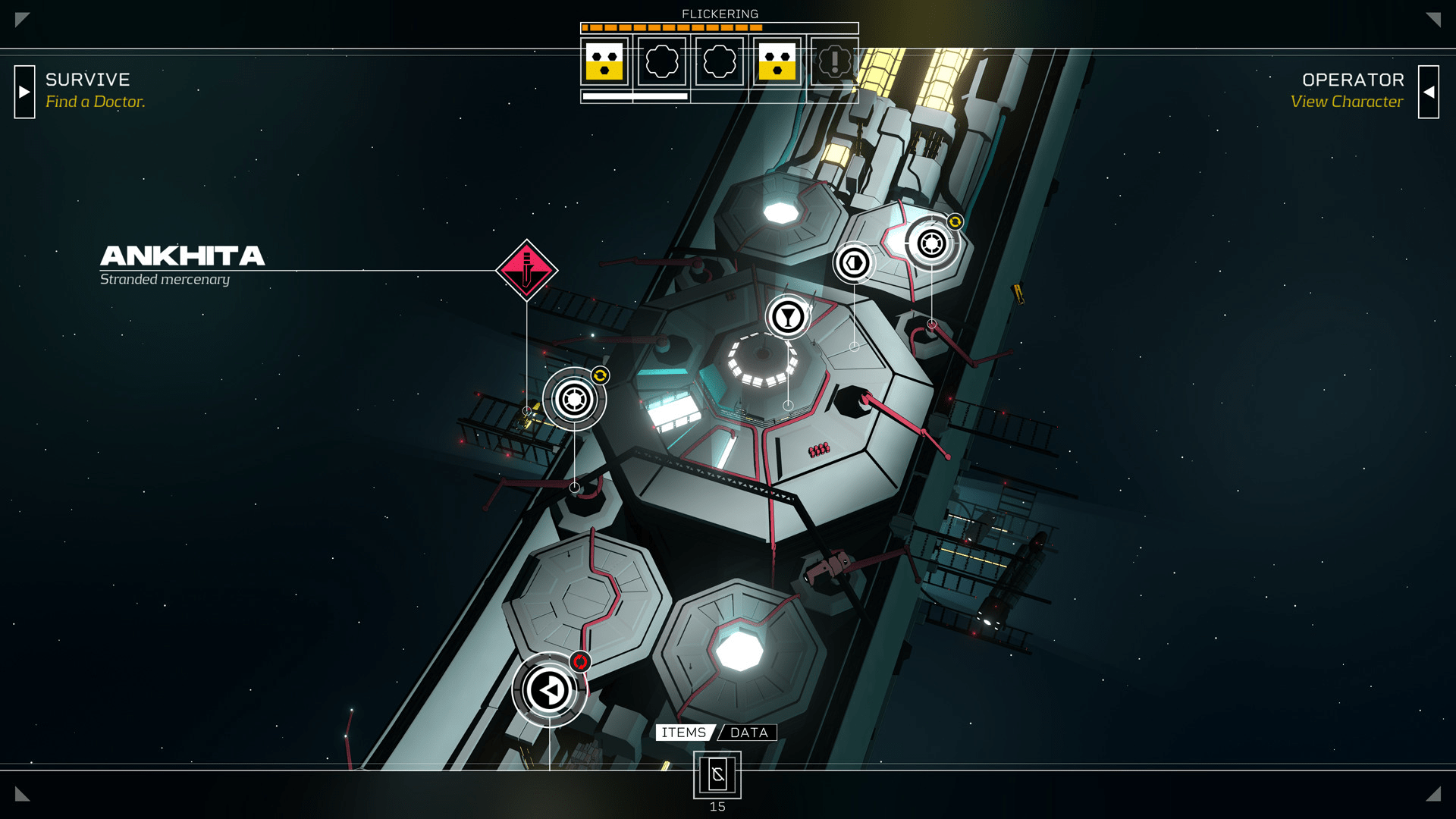
Obligatory Eye Pun
The visuals in Sleeper Citizen are interesting. You see the station from a zoomed-out perspective, and you zoom in on different locations in the station when you click on them. What this means is that you ever see a character model wandering around the playable area. The buildings are detailed, but not super detailed, since you can only see them close-up if someone you can talk to or a service you can use happens to be in one.
Also Read
Transmogrify PC Review: The Best Way To Defeat An Enemy
Transmogrify is a game with a strong central idea let down by a shoddy execution resulting in an experience that is…
Defy the Gods as a Witchy Moon Goddess in Hades 2
Supergiant announces Hades 2 for 2023 at the 2022 Game Awards. The sequel promises dark sorcery, witchery, and more frenetic roguelike…
There are character portraits that pop up when you talk to that specific person, and generally serves as a good indicator of who is and isn’t relevant. These portraits have a strong, distinctive style. They feel like they walked out of a comic, and they look phenomenal.
There’s also the view when you’re hacking, which makes the station look almost ghost-like. It’s a really cool aesthetic to represent your ability to visualize all of the electronic connections aboard the station, and the noises made by the thing hunting you from that view is genuinely unsettling.
The sound design is functional. There’s no voice-acting, not that I should’ve expected it. There are also very few sound effects, mainly only when you interact with a skill check or purchase something. I’d like to talk about the music now, but unfortunately, I found that it tended to fade away into the background—which, to be fair, it what it’s meant to do, but it also means that I haven’t formed an opinion on much of it. I do really like what I heard when I was paying attention to it, though.
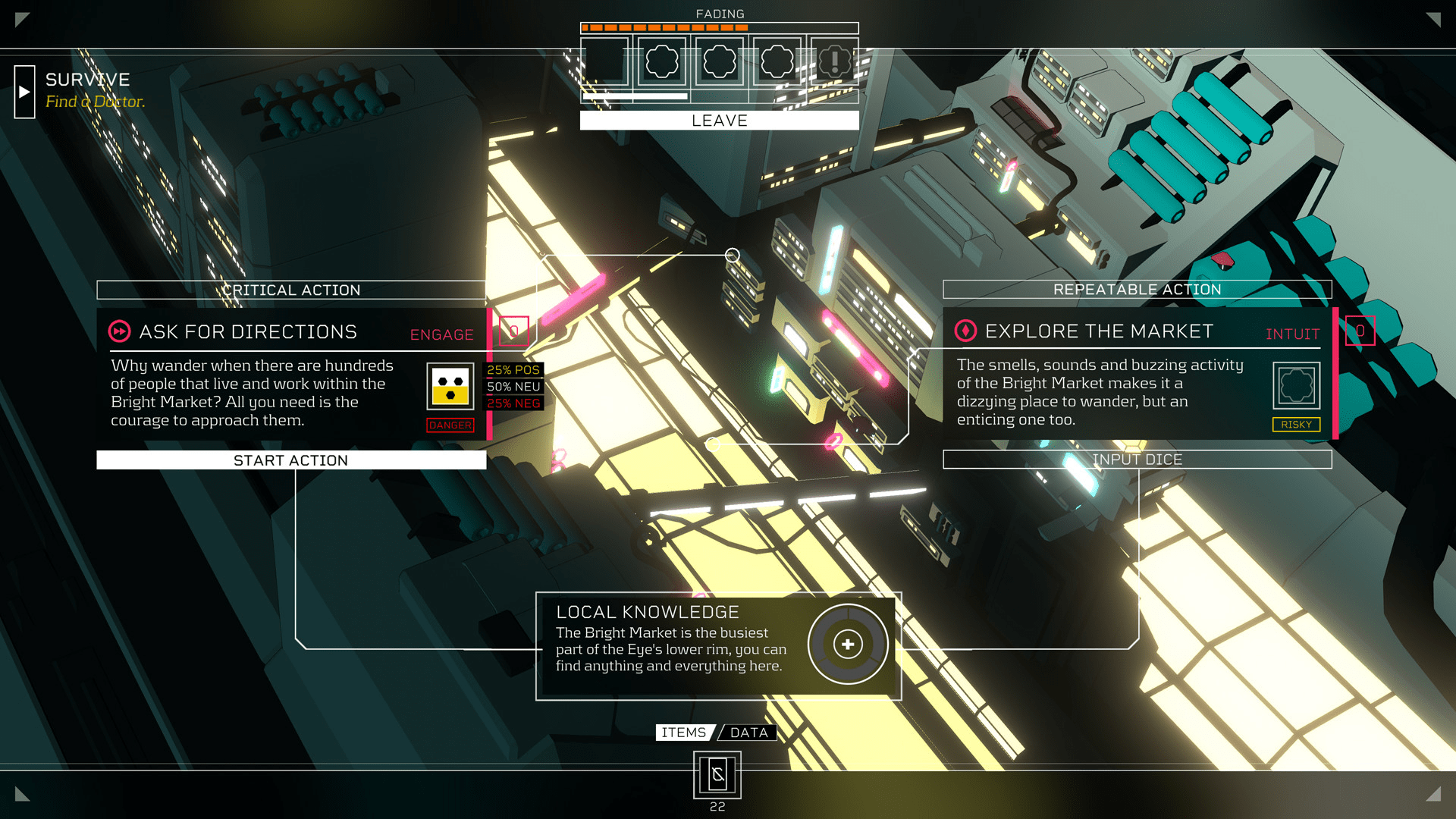
Life on The Eye
In Citizen Sleeper, you play as an unnamed Sleeper, a robotic laborer created by emulating a human mind. Sleeper’s bodies are designed to be incredibly humanlike, not in the sense that they are indistinguishable from humans but in the sense that their bodies can still breathe, eat, sleep, etc. The most important part of this is the fact that the corporation that creates Sleepers designed them all to die within about a month or so unless they use a specific stabilizer, also produced by this company; a way to maintain control over them.
You have escaped from this corporation and awaken to find that you’ve arrived on a run-down space station called The Eye. The Eye is filled with various factions with their own goals and interests, as well as a large number of unaffiliated people. Your main goal in the game I to find a way to acquire your own stabilizer to avoid coming down with a sudden case of dead while also working towards a goal you pick at the very start of the game. What I mean is that the first character you meet asks you what you want to do next, and I chose ‘find a home,’ so a lot of the quests I did in the game were in some way related to that goal.
Citizen Sleeper is interesting in how optional everything feels. There are so many different ways to accomplish different goals that it never really feels like I’ve been doing the ‘main story’ at any point. And a lot of these optional side stories are connected in ways that may not be obvious at first glance. For example, the company you escape from has a tracking device in your body, which lets a drunkard bounty hunter find you and extort you in exchange for not taking you in, which culminates in a moment when you have the opportunity to kill him. If you don’t, you discover that the company has rescinded the bounty because they’ve sent a different hunter after you, and you need to figure out a way to escape from them, either by paying the first bounty hunter for protection, removing the tracker, or leaving the Eye. I managed to remove the tracker by doing a different questline, but that particular quest can be failed in at least one place. So what would have happened had I failed that quest and also killed the bounty hunter?
The end result is something that feels like a story that I and I alone will ever experience. This is the story of my Sleeper, and I don’t think anyone else will have quite the same tale. This also has the benefit of enormous replay value.
There was an odd moment I had while playing this game. It was the moment that I realized that I had won. The credits had not rolled, I had not defeated some final boss or reached some great climax, but I realized that I had accomplished everything I had set out to when I first landed on The Eye. There is more to this game—much, much more—but at that moment, I realized that I was satisfied. That isn’t a sensation I’m used to before a game has reached its conclusion.
I think the secret is that Citizen Sleeper has such a strong narrative core. Yes, there is a main narrative, but it’s mostly a framing device to connect the lives of all of the people you interact with on your personal journey. The Surgeon who is under the thumb of a local gang is important because she has the medicine you need to not die, but you aren’t at all forced to follow her storyline any more than strictly necessary. There are places aboard the station I still haven’t been to, mysteries I haven’t solved, and things I’ve done that I wish I could have done differently. And yet, despite it all, I feel as though a story has come to a satisfying conclusion here. You could compare it to a season finale, I suppose. And there is still more story to experience.
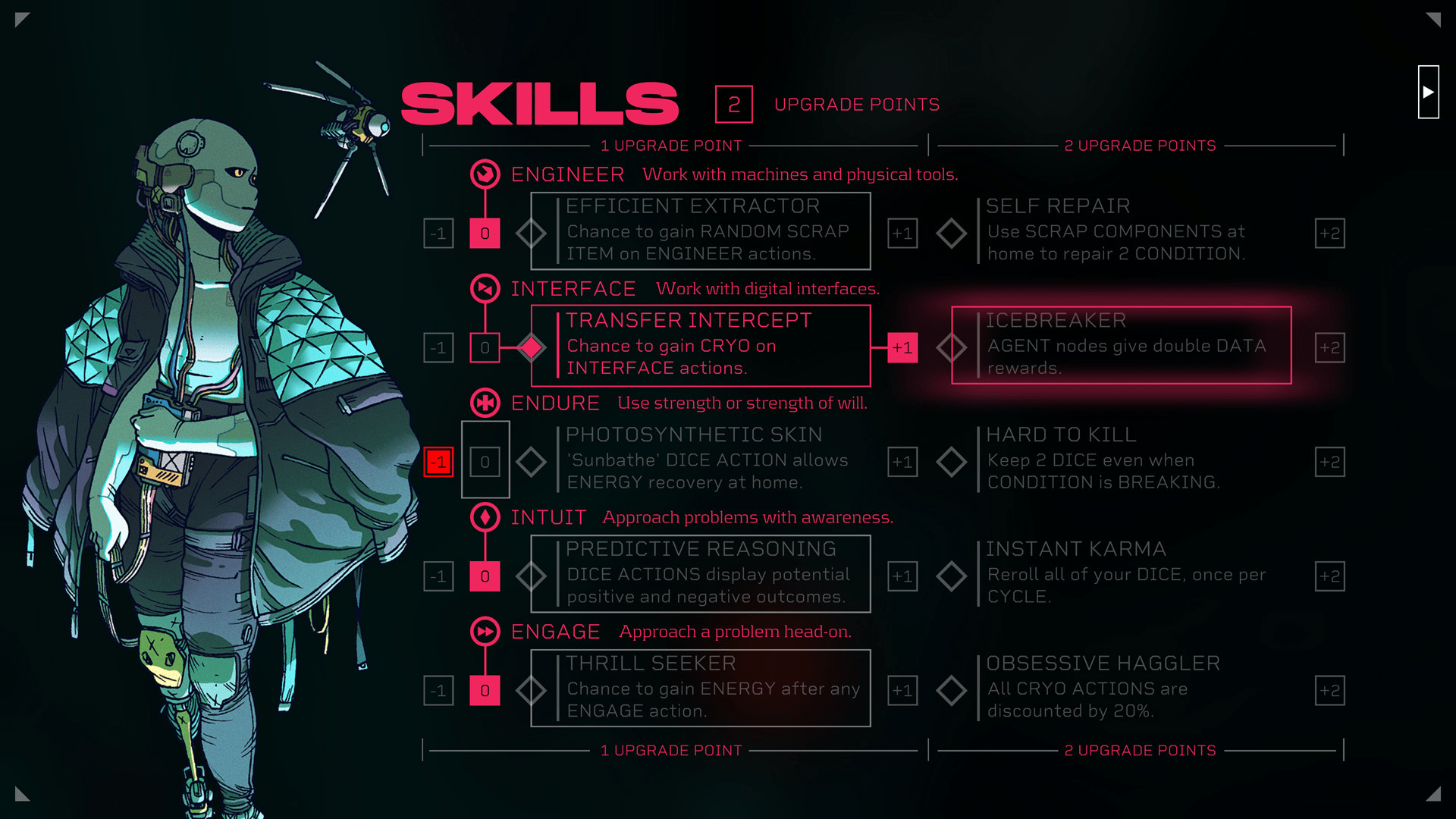
Conclusion
Citizen Sleeper is incredible. It’s the kind of narrative that can only really work in an interactive medium, which I always love to see, and it’s done exceptionally well. Not to mention the unusual level of polish for an indie title. I know that I’m note likely to forget the stories of anyone I’ve met aboard The Eye for a long, long time.



